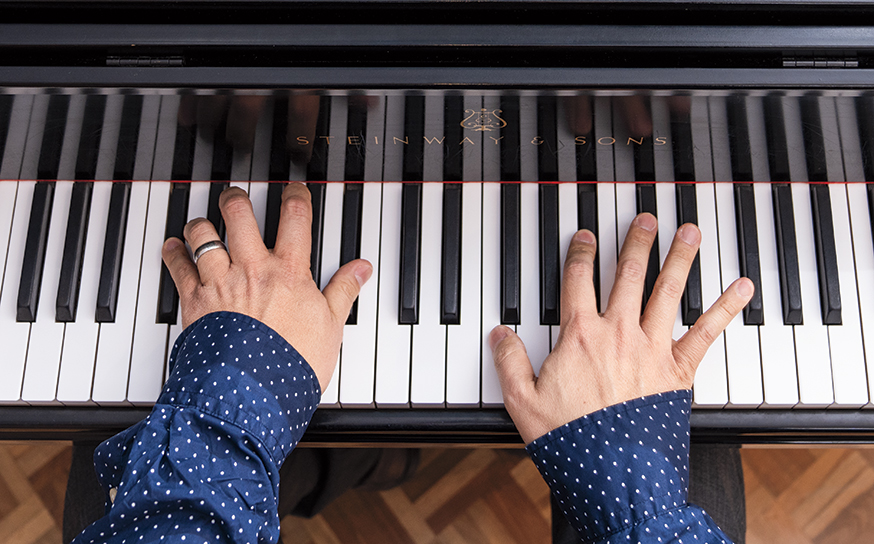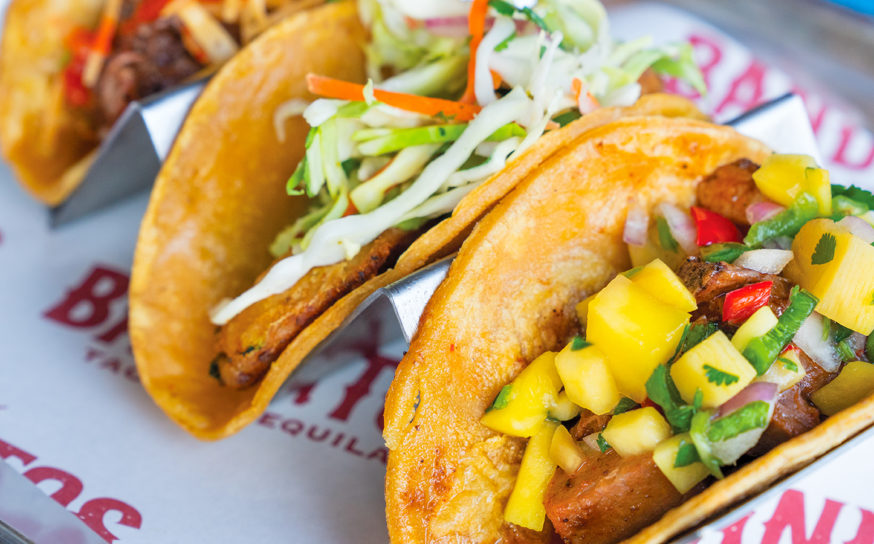
River Reborn
From art installations tucked into the far corners of the Valley to the creation of a scenic marsh in the Sepulveda Basin, efforts to promote and beautify the LA River are turning heads.
-
CategoryPeople
For many Valley residents the LA River has been a constant presence in their lives. “I always knew I was close to home when I saw it, and it brought me a sense of safety, of place and of comfort. For me, the river was a hidden ecosystem running through the heart of the city growing up,” Northridge native Danielle Brazell, General Manager of the LA Department of Cultural Affairs, recalls. “Now I can see that in many ways the Los Angeles River ties us together. It’s the current wrapping around our city’s neighborhoods and weaving through our communities!”
In fact, this winding current begins right here in the Valley, starting in Canoga Park just under Canoga Park High, at the confluence of Bell Creek and Calabasas Creek. In 2014, as one of over 200 projects outlined in a master plan, the $11.5-million LA River Headwaters Greenway opened at the site. The park is just one of the many projects the city has tackled in its effort to reclaim, rebrand and repopulate the river. “I believe the revitalized interest in the Los Angeles River symbolizes how our government and Angelenos are working toward creating an environment that is natural, sustainable, safe, enjoyable and accessible to everyone,” Danielle says. 
This summer, the city, aided by Bloomberg Philanthropies, encouraged civic involvement through CURRENT: L.A. Public Art Biennial (for more go to underlawater.com). The exhibit displayed site-specific works throughout the city, with the aim to elevate the conversation about water, sustainability and community. Artists, including Kori Newkirk, Refik Anadol and Peggy Weil, explored LA’s complicated and contentious relationship with water. One of the most affecting pieces was artist Kerry Tribe’s Exquisite Corpse, a 51-minute film tracing all 51 miles of the river, from Canoga Park to its outlet into the Pacific Ocean.
According to Kerry, documenting the river was an amazing experience. “Whenever we thought we knew what to expect, the river would come up with something else!” she remembers. “We met with ecologists, anthropologists and homeowners; cowboys, cyclists and skaters; homeless people, real estate agents and the residents of a trailer park in Long Beach. What was perhaps most inspiring was to discover the great resilience of life along this river. Even in the most barren industrial stretches you’ll see shore birds wading in the shallows and swallows come out to swoop you at dusk. We met an exceptionally friendly duck, leash-trained cats and a lot of horses. Where there’s water, there’s life.“
This diverse ecosystem of humans and wildlife is exactly what the city officials hope to expand and promote in upcoming years. According to Steven Hartman, president of the California Native Plant Society, the Sepulveda Basin, one of only three soft-bottomed sections of the river, may soon include a new seasonal marsh south of Burbank Boulevard. In July, the city announced that a design team including Gruen Associates, landscape architect Mia Lehrer and Associates, and architects Oyler Wu Collaborative would begin work on a 12-mile portion of the Los Angeles River Greenway (master plan), which will enable Angelenos to walk or bike from Canoga Park to the Elysian Valley.
Luckily for us, the river’s evolution and transformation—from concrete jungle into urban oasis—just keeps rolling along. “If not for the river, Los Angeles probably wouldn’t exist, so in one sense the river represents our past,” Kerry says. “But with serious restoration efforts finally taking shape, it also represents our future.”











